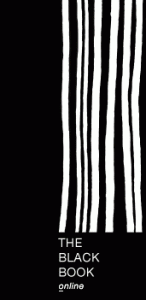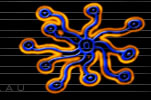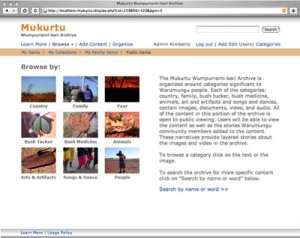 The quote on the home page of the The Black Book site reads, “It’s taken sixty thousand years, but finally the portal to Indigenous media and the arts in Australia is here.” This is one of many sites that features Indigenous communities in Australia using the Internet and multimedia to share their traditions, stories, and arts to inform local communities and the broader global audience. The Black Book has two main sections: the directory and the library. The Directory includes over 2700 listings of Indigenous organizations that work in the arts, media and cultural areas. The library contains over 2000 pieces of artistic work including work from the 1890s to now. The work is categorized into publications, music, screen productions, documentaries, plays, features, and albums sections. The site also serves as an up to date information portal about events in the country, jobs and training, and leading Indigenous artists. The Black Book site was inspired by the The Brown Pages, a similar site created by the Maori community.
The quote on the home page of the The Black Book site reads, “It’s taken sixty thousand years, but finally the portal to Indigenous media and the arts in Australia is here.” This is one of many sites that features Indigenous communities in Australia using the Internet and multimedia to share their traditions, stories, and arts to inform local communities and the broader global audience. The Black Book has two main sections: the directory and the library. The Directory includes over 2700 listings of Indigenous organizations that work in the arts, media and cultural areas. The library contains over 2000 pieces of artistic work including work from the 1890s to now. The work is categorized into publications, music, screen productions, documentaries, plays, features, and albums sections. The site also serves as an up to date information portal about events in the country, jobs and training, and leading Indigenous artists. The Black Book site was inspired by the The Brown Pages, a similar site created by the Maori community.
The Inspiration page on the site links viewers to the following “trailblazers”
Oodgeroo Noonuccal
Bob Maza
Russel Page
Emily Kame Kngwarreye
Michael Riley
Kevin Smith
Pauline McLeod
The Black Book logo [Online Image]. (n.d.). Retrieved November 18, 2009, from The Black Book website. http://www.blackbook.afc.gov.au/default.asp

 Mukurtu Wumpurrarni-kari Archive
Mukurtu Wumpurrarni-kari Archive